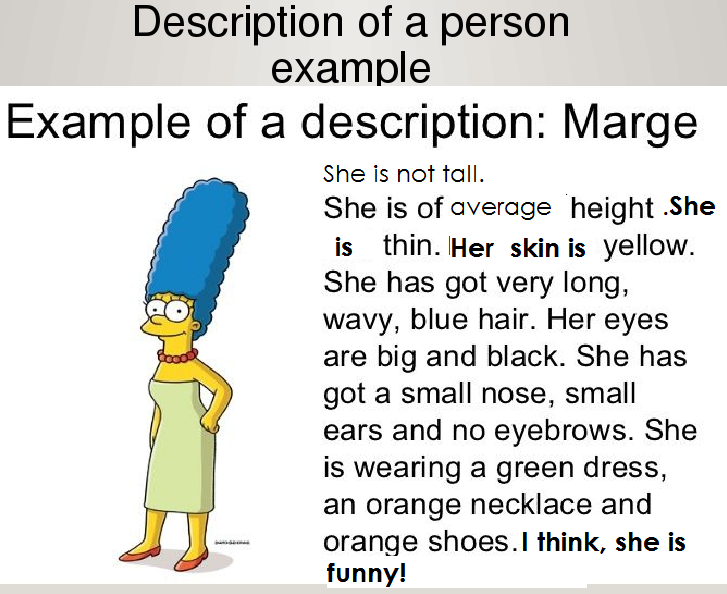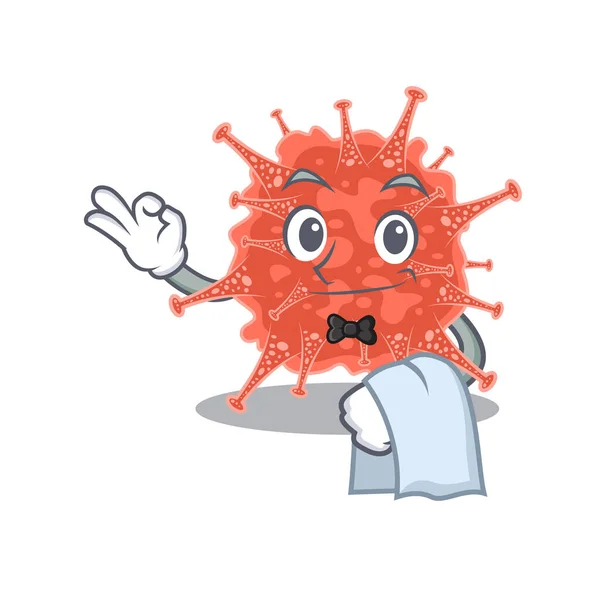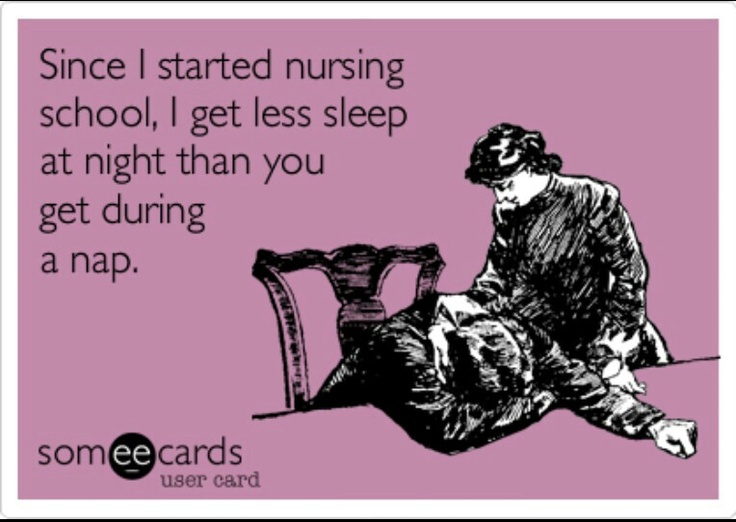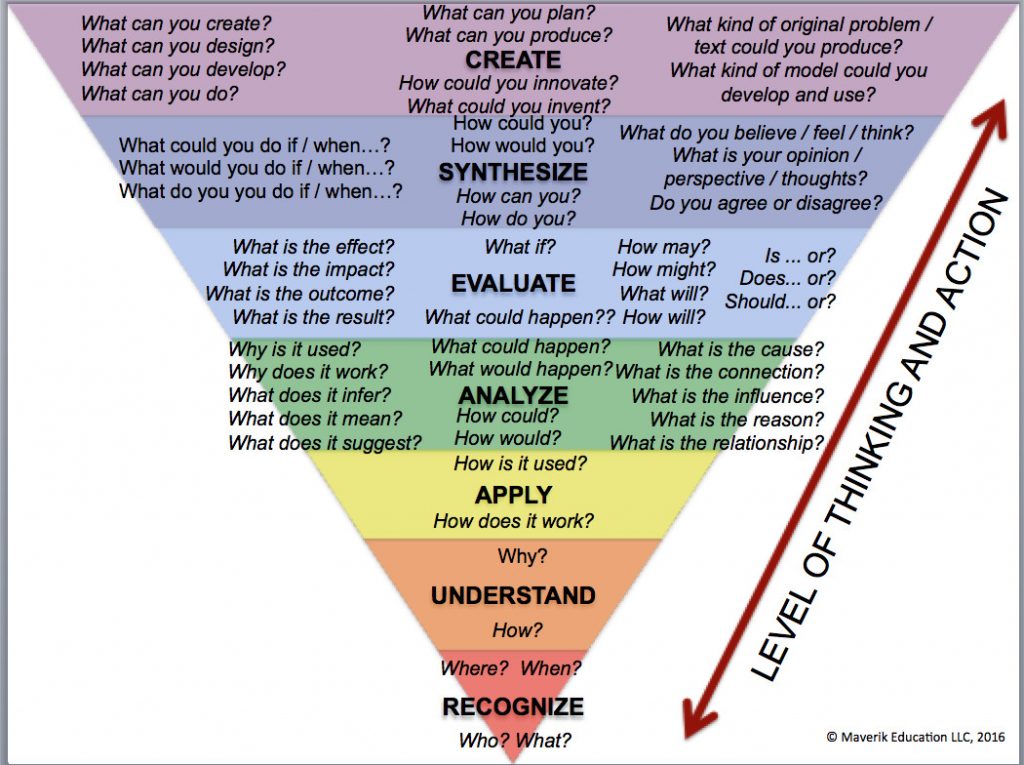Muscles in body quiz
Muscle Anatomy Quiz
Major muscles anatomy quiz for anatomy and physiology class!
When you are taking anatomy and physiology you will be required to identify major muscles in the human body. This quiz requires labeling, so it will test your knowledge on how to identify these muscles (latissimus dorsi, trapezius, deltoid, biceps brachii, triceps brachii, brachioradialis, pectoralis major, serratus anterior, rectus abdominis, etc.).
Prior to taking this quiz, you might want to watch the muscle song that gives you some rhymes to help you remember locations and action of muscles. In addition, you can review the anatomy muscle song lyrics and notes.
Muscle Anatomy Quiz
-
1. Identify the muscle labeled as "1" in the diagram above:*
- A. Latissimus Dorsi
- B. Trapezius
- C. Serratus Anterior
- D.
Vastus Medialis
- 2. Identify the muscle labeled as "2" in the diagram above:*
- A. Rectus Abdominis
- B. Latissimus Dorsi
- C. Trapezius
- D. Semitendinosus
- 3. Identify the muscle labeled as "3" in the diagram above:*
- A. Biceps Brachii
- B. Deltoid
- C. Triceps Brachii
- D. Brachioradialis
- 4. Identify the muscle labeled as "4" in the diagram above:*
- A. Triceps Brachii
- B. Brachioradialis
- C. Biceps Femoris
- D. Biceps Brachii
- 5. Identify the muscle labeled as "5" in the diagram above:*
- A.
 Triceps Brachii
Triceps Brachii - B. Gastrocnemius
- C. Semimembranosus
- D. Biceps Femoris
- A.
- 6. Identify the muscle labeled as "6" in the diagram above:*
- A. Vastus Lateralis
- B. Biceps Femoris
- C. Brachioradialis
- D. Pectoralis Major
- 7. Identify the muscle labeled as "7" in the diagram above:*
- A. Gluteus Maximus
- B. Serratus Anterior
- C. Pectoralis Major
- D. Latissimus Dorsi
- 8. Identify the muscle labeled as "8" in the diagram above:*
- A. Rectus Abdominis
- B. Serratus Anterior
- C. Obliques
- D. Semitendinosus
- 9.
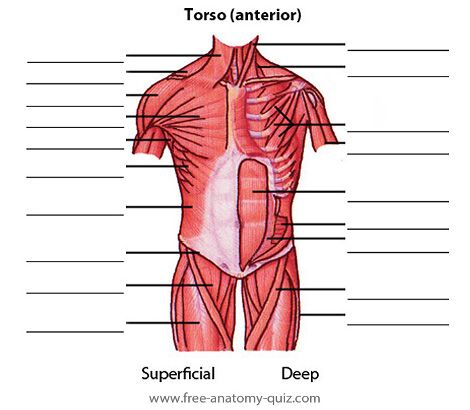 Identify the muscle labeled as "9" in the diagram above:*
Identify the muscle labeled as "9" in the diagram above:*- A. Obliques
- B. Serratus Anterior
- C. Rectus Femoris
- D. Rectus Abdominis
-
10. Identify the muscle labeled as "10" in the diagram above:*
- A. Obliques
- B. Trapezius
- C. Semimembranosus
- D. Rectus Femoris
- 11. Identify the muscle labeled as "11" in the diagram above:*
- A. Pectoralis Major
- B. Gluteus Maximus
- C. Latissimus Dorsi
- D. Gastrocnemius
- 12. Identify the muscle labeled as "12" in the diagram above:*
- A. Vastus Medialis
- B. Rectus Femoris
- C.
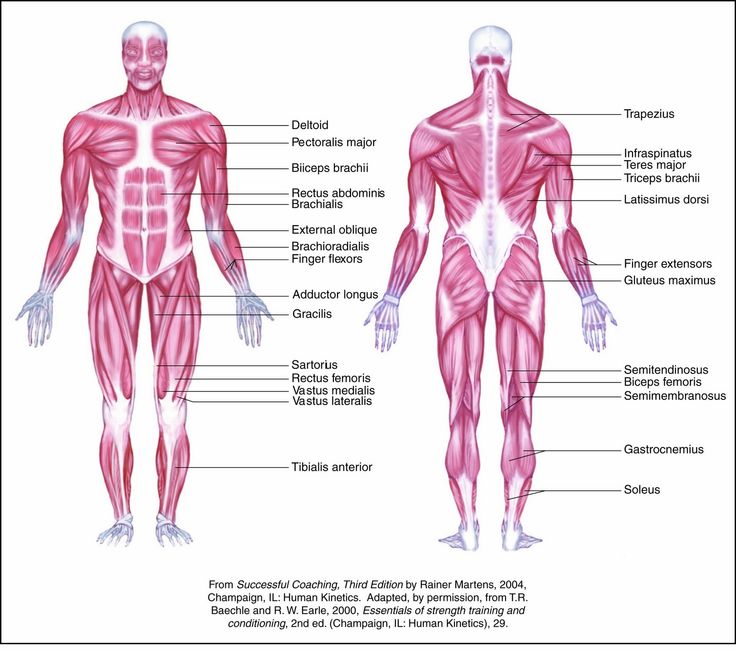 Vastus Lateralis
Vastus Lateralis - D. Rectus Abdominis
- 13. Identify the muscle labeled as "13" in the diagram above:*
- A. Rectus Femoris
- B. Vastus Intermedius
- C. Vastus Lateralis
- D. Vastus Medialis
- 14. Identify the muscle labeled as "14" in the diagram above:*
- A. Rectus Femoris
- B. Vastus Intermedius
- C. Vastus Lateralis
- D. Vastus Medialis
- 15. Identify the muscle labeled as "15" in the diagram above:*
- A. Biceps Femoris
- B. Biceps Brachii
- C. Semimembranosus
- D. Semitendinosus
- 16.
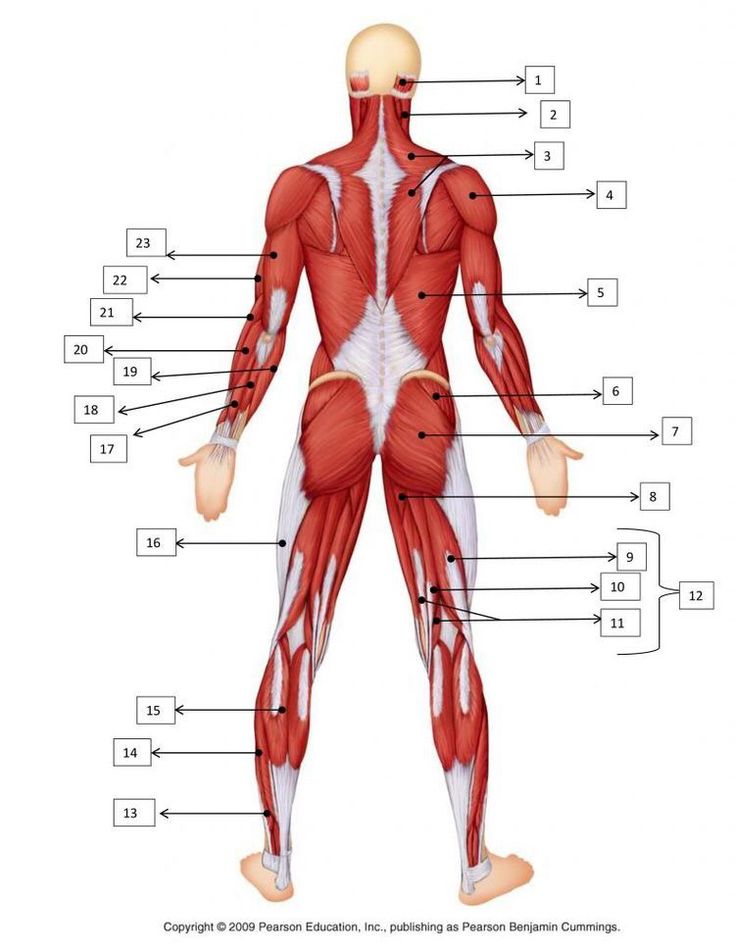 Identify the muscle labeled as "16" in the diagram above:*
Identify the muscle labeled as "16" in the diagram above:*- A. Semimembranosus
- B. Semitendinosus
- C. Biceps Femoris
- D. Vastus Lateralis
- 17. Identify the muscle labeled as "17" in the diagram above:*
- A. Rectus Femoris
- B. Semitendinosus
- C. Semimembranosus
- D. Vastus Lateralis
- 18. Identify the muscle labeled as "18" in the diagram above: Rectus Abdominis*
- A. Latissimus Dorsi
- B. Trapezius
- C. Semitendinosus
- D. Gastrocnemius
(NOTE: When you hit submit, it will refresh this same page. Scroll down to see your results.)
1. Identify the muscle labeled as “1” in the diagram above:
A. Latissimus Dorsi
B. Trapezius
C. Serratus Anterior
D. Vastus Medialis
The answer is A: Latssimus Dorsi
2. Identify the muscle labeled as “2” in the diagram above:
A. Rectus Abdominis
B. Latissimus Dorsi
C. Trapezius
D. Semitendinosus
The answer is C: Trapezius
3. Identify the muscle labeled as “3” in the diagram above:
A. Biceps Brachii
B. Deltoid
C. Triceps Brachii
D. Brachioradialis
The answer is B: Deltoid
4. Identify the muscle labeled as “4” in the diagram above:
A. Triceps Brachii
B. Brachioradialis
C. Biceps Femoris
D. Biceps Brachii
The answer is D: Biceps Brachii
5. Identify the muscle labeled as “5” in the diagram above:
A. Triceps Brachii
B. Gastrocnemius
C.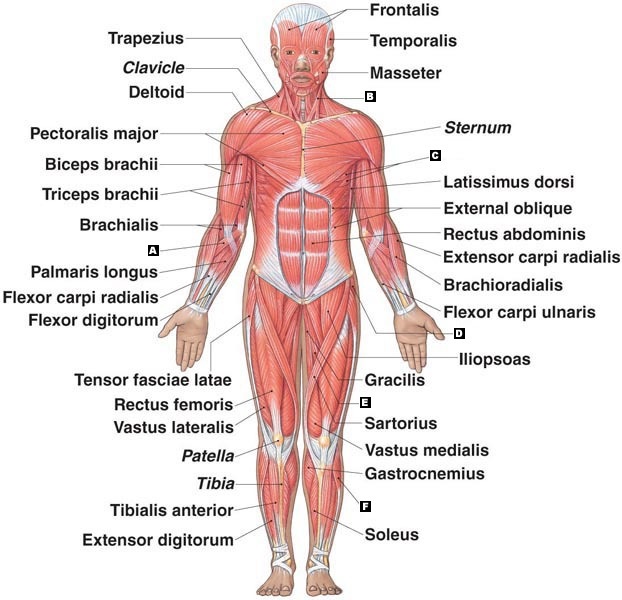 Semimembranosus
Semimembranosus
D. Biceps Femoris
The answer is A: Triceps Brachii
6. Identify the muscle labeled as “6” in the diagram above:
A. Vastus Lateralis
B. Biceps Femoris
C. Brachioradialis
D. Pectoralis Major
The answer is C: Brachioradialis
7. Identify the muscle labeled as “7” in the diagram above:
A. Gluteus Maximus
B. Serratus Anterior
C. Pectoralis Major
D. Latissimus Dorsi
The answer is C: Pectoralis Major
8. Identify the muscle labeled as “8” in the diagram above:
A. Rectus Abdominis
B. Serratus Anterior
C. Obliques
D. Semitendinosus
The answer is B: Serratus Anterior
9. Identify the muscle labeled as “9” in the diagram above:
A. Obliques
B. Serratus Anterior
C. Rectus Femoris
D. Rectus Abdominis
The answer is D: Rectus Abdominis
10. Identify the muscle labeled as “10” in the diagram above:
A. Obliques
B. Trapezius
C.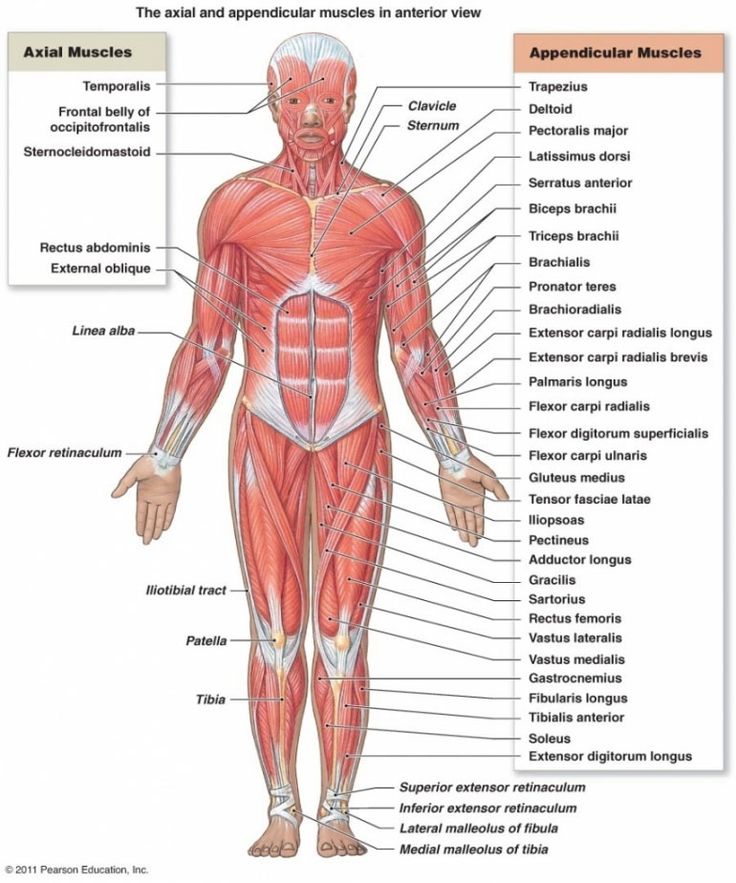 Semimembranosus
Semimembranosus
D. Rectus Femoris
The answer is A: Obliques
11. Identify the muscle labeled as “11” in the diagram above:
A. Pectoralis Major
B. Gluteus Maximus
C. Latissimus Dorsi
D. Gastrocnemius
The answer is B: Gluteus Maximus
12. Identify the muscle labeled as “12” in the diagram above:
A. Vastus Medialis
B. Rectus Femoris
C. Vastus Lateralis
D. Rectus Abdominis
The answer is B: Rectus Femoris
13. Identify the muscle labeled as “13” in the diagram above:
A. Rectus Femoris
B. Vastus Intermedius
C. Vastus Lateralis
D. Vastus Medialis
The answer is C: Vastus Lateralis
14. Identify the muscle labeled as “14” in the diagram above:
A. Rectus Femoris
B. Vastus Intermedius
C. Vastus Lateralis
D. Vastus Medialis
The answer is D: Vastus Medialis
15. Identify the muscle labeled as “15” in the diagram above:
A. Biceps Femoris
B.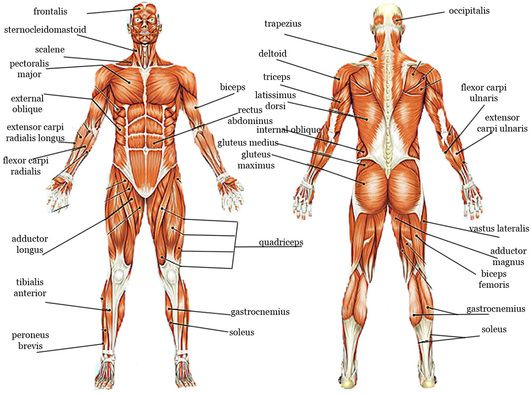 Biceps Brachii
Biceps Brachii
C. Semimembranosus
D. Semitendinosus
The answer is A: Biceps Femoris
16. Identify the muscle labeled as “16” in the diagram above:
A. Semimembranosus
B. Semitendinosus
C. Biceps Femoris
D. Vastus Lateralis
The answer is B: Semitendinosus
17. Identify the muscle labeled as “17” in the diagram above:
A. Rectus Femoris
B. Semitendinosus
C. Semimembranosus
D. Vastus Lateralis
The answer is C: Semimembranosus
18. Identify the muscle labeled as “18” in the diagram above:
Rectus Abdominis
A. Latissimus Dorsi
B. Trapezius
C. Semitendinosus
D. Gastrocnemius
The answer is D: Gastrocnemius
Don’t forget to tell your friends about this quiz by sharing it your Facebook, Twitter, and other social media. You can also take more fun nursing quizzes.
*Disclaimer: While we do our best to provide students with accurate and in-depth study quizzes, this quiz/test is for educational and entertainment purposes only. Please refer to the latest NCLEX review books for the latest updates in nursing. This quiz is copyright RegisteredNurseRn.com. Please do not copy this quiz directly; however, please feel free to share a link to this page with students, friends, and others.
Please refer to the latest NCLEX review books for the latest updates in nursing. This quiz is copyright RegisteredNurseRn.com. Please do not copy this quiz directly; however, please feel free to share a link to this page with students, friends, and others.
Learn all muscles with quizzes and labeled diagrams
Author: Molly Smith DipCNM, mBANT • Reviewer: Dimitrios Mytilinaios MD, PhD
Last reviewed: September 14, 2022
Reading time: 3 minutes
So, you want to learn about human muscle anatomy. But where to start?! The number of muscles of the body is estimated to be around 600, so there’s certainly a lot to cover.
A good way to get started is to learn using a regional approach. For example, starting by learning the muscles of the upper extremity, then the muscles of the lower extremity, and so on. Keep reading to discover our favorite tools for learning this topic.
Muscle worksheet with an unlabeled diagramContents
- Human body muscle diagrams
- Labeled diagram
- Unlabeled diagram
- Muscle quizzes
- Specialized Muscle Quizzes
- Sources
+ Show all
Human body muscle diagrams
Muscle diagrams are a great way to get an overview of all of the muscles within a body region.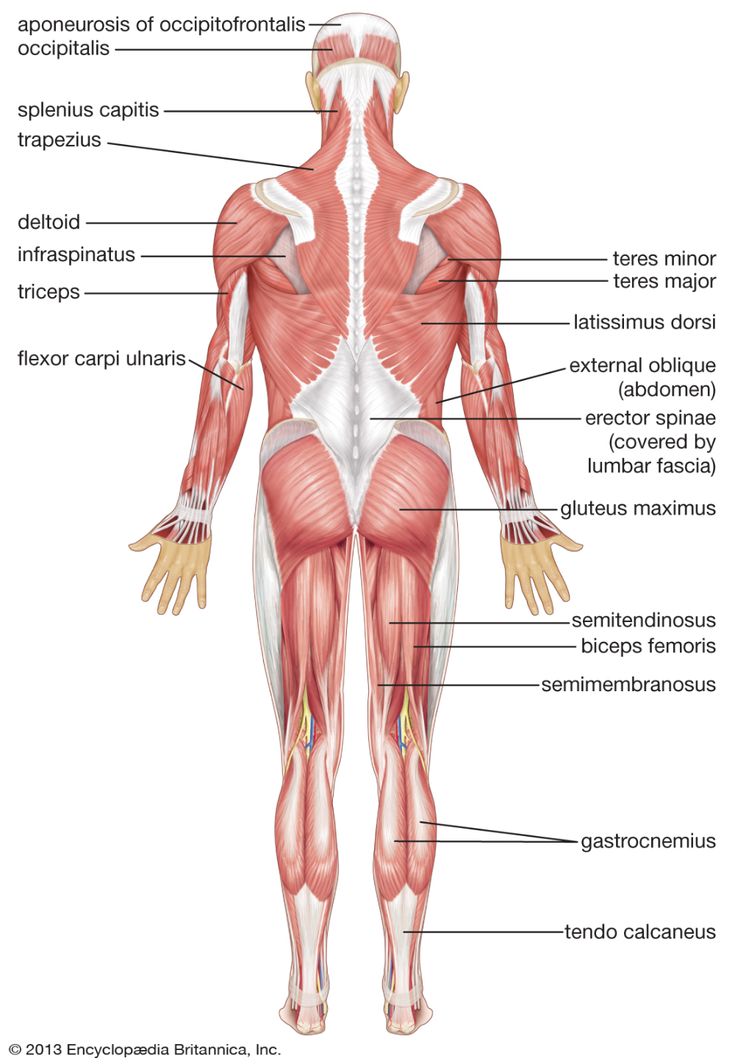 Studying these is an ideal first step before moving onto the more advanced practices of muscle labeling and quizzes.
Studying these is an ideal first step before moving onto the more advanced practices of muscle labeling and quizzes.
If you're looking for a speedy way to learn muscle anatomy, look no further than our anatomy crash courses.
Let’s take a look at how you can use muscle diagrams for maximum benefit.
Labeled diagram
View the muscles of the upper and lower extremity in the diagrams below. Use the location, shape and surrounding structures to help you memorize each muscle. Once you’re feeling confident, it’s time to test yourself.
[Muscles of the arm and shoulder]
[Muscles of the hip and thigh (Anterior view)] [Muscles of the hip and thigh (Posterior view)]
Unlabeled diagram
See if you can label the muscles yourself on the worksheet available for download below.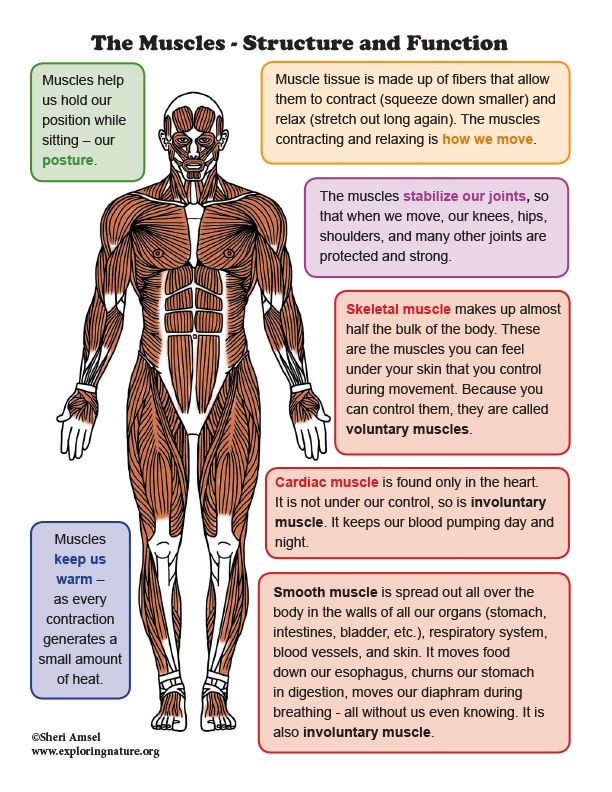 If you’re struggling, don’t be hard on yourself. There really is a lot to remember, so consider taking one of our muscle quizzes covering the different muscles of the body to improve your confidence (more on these below). You can test and retest as your knowledge levels advance.
If you’re struggling, don’t be hard on yourself. There really is a lot to remember, so consider taking one of our muscle quizzes covering the different muscles of the body to improve your confidence (more on these below). You can test and retest as your knowledge levels advance.
Download PDF Worksheet (blank) Download PDF Worksheet (labeled)
Muscle quizzes
Who doesn’t love quizzes? When it comes to learning anatomy, they’re absolutely perfect for learning a topic from scratch, or even advancing your current knowledge levels.
Here's why our specialized quizzes will help you to master your weak spots and go into your anatomy exam with confidence.
At Kenhub, we know the importance of learning the muscles of the body - and we have the quizzes to prove it! You’ll find muscle quizzes on everything from the muscles of the arm and shoulder to the muscles of facial expression - and everything in between.
Specialized Muscle Quizzes
At Kenhub, we have specialized muscle quizzes. When a quiz covers topics that have related muscle attachments, innervations, and functions, there's an option to choose those when you start a quiz. So, not only will you learn the name and location of a muscle, but its attachments, innervations, and functions, too!
When a quiz covers topics that have related muscle attachments, innervations, and functions, there's an option to choose those when you start a quiz. So, not only will you learn the name and location of a muscle, but its attachments, innervations, and functions, too!
So, what are you waiting for? Let's dive straight into one!
Don't waste your time trying to memorize every anatomical structure in the body. Pick the ones you need to ace your exam. Our Custom quiz will let you create the right quiz for you. Get started now!
We’ve listed a selection of our favorite muscle quizzes below. Which one will you take first?
Main muscles of the upper limb Explore study unit
Main muscles of the lower limb Explore study unit
Are quizzes an effective learning tool for you? Check out our A-Z guide to using anatomy practice quizzes to learn every topic!
Sources
Author: Molly Smith
Layout: Niels Hapke
How to learn all muscles with quizzes and labeled diagrams: want to learn more about it?
Our engaging videos, interactive quizzes, in-depth articles and HD atlas are here to get you top results faster.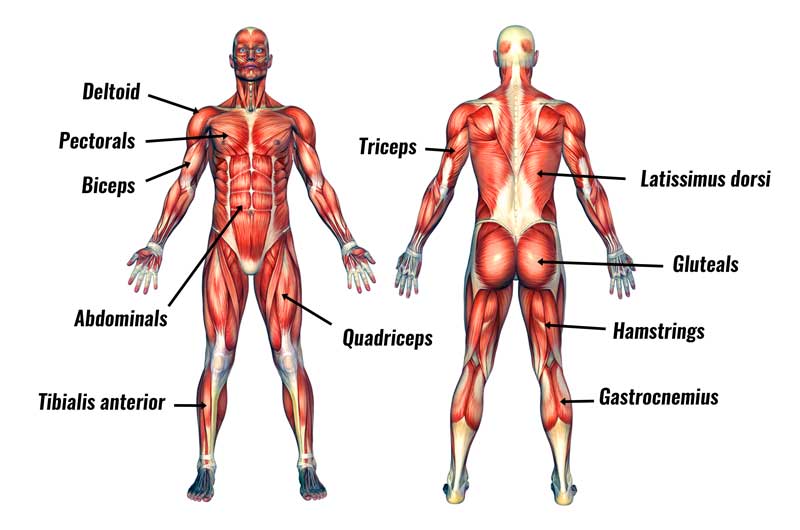
What do you prefer to learn with?
Videos Quizzes Both
“I would honestly say that Kenhub cut my study time in half.” – Read more. Kim Bengochea, Regis University, Denver
© Unless stated otherwise, all content, including illustrations are exclusive property of Kenhub GmbH, and are protected by German and international copyright laws. All rights reserved.Test - Upper Limb Anatomy
Take the Test - Upper Limb Anatomy
Test your knowledge. Muscles, ligaments, nerves.
Can we start?
| Start test |
1:2
A 2:1 ratio is used to evaluate scapular and shoulder motion. That is, when raising the upper limb by 90°, 60° falls on the movement of the shoulder joint, and 30° - on the movement of the scapula
5
is incorrect, there are four of them - an appropriate, subdue, small round and subserviped muscles
| Further |
| Result |
Lowering the scapula
Incorrect
Raising the scapula upward
Incorrect
Displacement of the lower angle of the scapula laterally
With the simultaneous reduction of the upper and lower parts of the trapezoid muscle, a pair of forces is formed that contribute to the rotation of the shoulder blades of its lower angle
| Further |
Internal rotation
False
External rotation
, when completely resigned or flexion, by virtue of the anatomical structure, the shoulder rotation of
Flexion in the thoracic region
is incorrect
| Result |
Adduction of the limb to the body
Wrong, this is adduction
Abduction of the limb from the body
Correctly, abduction in anatomy is the limb leading towards
Flexion of the limb in the joint
is incorrect, this is called flexia
| Result |
Biceps brachii and triceps brachii
That's right, that's right
Cracute-breed and two-headed muscle of the shoulder
Nonsense
Crequel-breed and three-headed shoulder muscle
It is incorrect, look at the textbook
| Result |
Suprascapular nerve0003
Trunkofugal
That's right, and the name speaks for itself: truncus - trunk, torso, fugo - I put to flight Their development
| Further |
| Check |
9000
Radial nerve
False, the most characteristic symptom of damage to this nerve is a "hanging hand" when the outstretched arm is parallel to the floor
Ulnar nerve little finger, poor hand control, difficulty controlling fingers when performing tasks (for example, when typing on the keyboard or playing instruments), sensitivity to cold, pain or weakness in the elbow joint.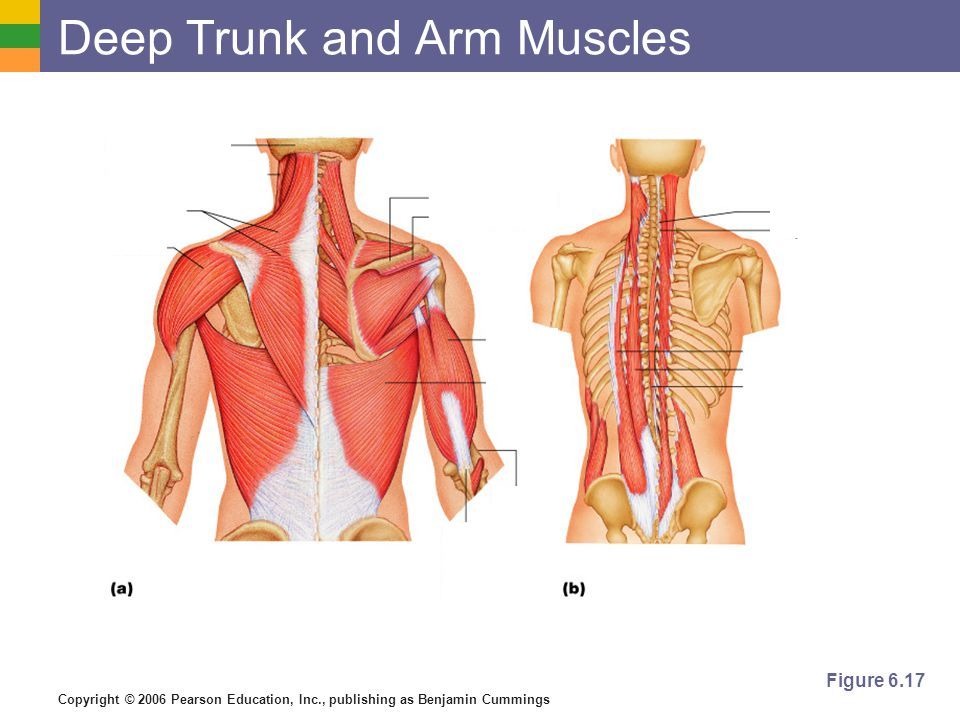
Middle Nerve
Accurately, damage to this nerve is turned into a person’s hand into “Blessing Twen”
| Further |
Rotates the arm outward
No, wrong
Is an accessory muscle of respiration
This is exactly the case - with the fixed upper limb, expands the chest, serving the auxiliary respiratory muscle
Raises the hand
Non -
With shoulder retraction
Wrong. Abduction is abduction, while retraction moves the arm backwards (toward the back of the body)
Abduction is abduction, while retraction moves the arm backwards (toward the back of the body)
Correct, contraction is called eccentric, in which a tense muscle lengthens under load
Isometric contraction
Incorrect - with such a contraction, the muscle develops tension, but does not shorten (and does not lengthen), that is, the length of the muscle is constant
| Next |
| Check |
| Result |
Future specialist - physical therapist or trainer
If you decide to take this test, then you are definitely interested in the topic of functional anatomy, right? There is still not enough knowledge, but if you wish, everything will work out, and for this you need to learn. You can read books, for example, A. Kapanji's textbooks. And you can also come to functional anatomy courses at the Rehab Pro school, especially since there is a special course specifically on the topic of the upper limb.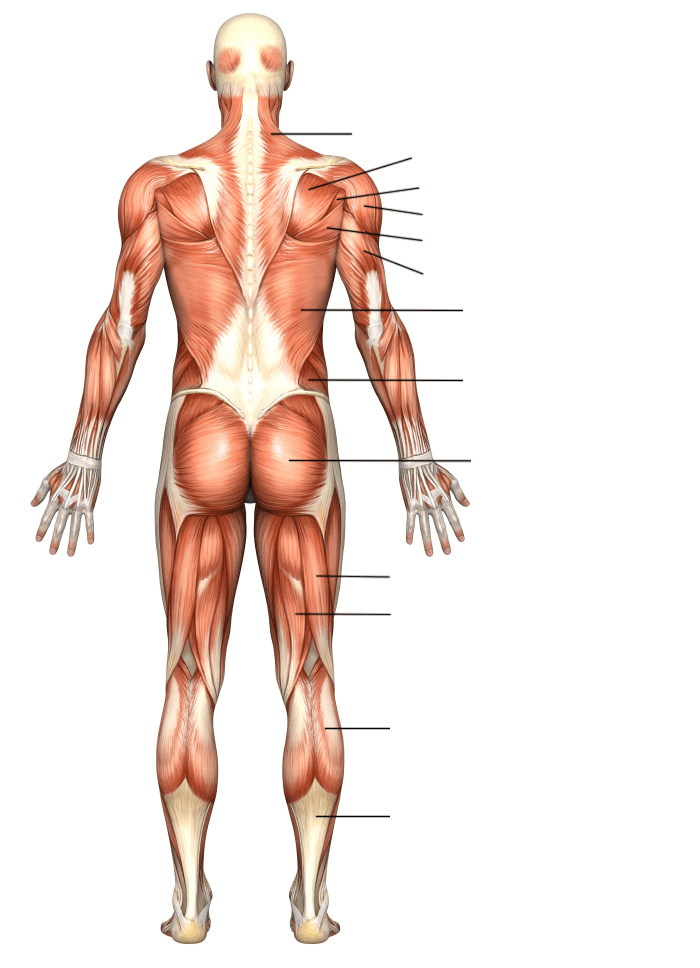
| Again? |
Specialist - good knowledge of physical rehabilitation
Congratulations, you have a good knowledge of the subject at a basic level. But there is still work to be done - deeper knowledge will help in working with patients. Come to the course on physical rehabilitation of the upper limb at the Rehab Pro school, where there will be not only theory, but also practice.
| Again? |
Bravo, you are a true functional anatomy guru!
Excellent result - where did you study? Probably functional anatomy textbooks are your reference books! Your clients are lucky, you know exactly how the human body works and understand well how muscles and ligaments interact with each other. This does not happen very often in our country. So you are a rare bird. Maybe it's time to think about teaching?
| One more time? |
Online Muscle Test (Grade 8)
1 person is passing right now.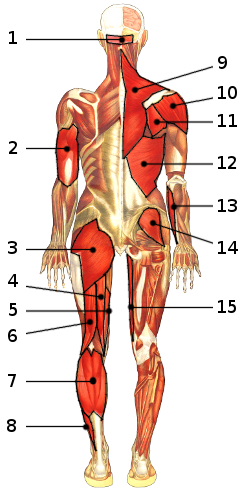
For the teacher
The material was prepared jointly with the teacher of the highest category Shcherban Larisa Stepanovna.
Experience as a biology teacher - more than 19 years.
-
Question 1 of 10
Which organ contains striated muscle tissue?
-
In the walls of the intestines
-
In the blood vessels
-
In the bladder
-
In the upper limbs
90 Hint
Correct answer
Incorrect answer
Explanation for the correct answer
Striated muscle tissue is also called skeletal or somatic. It makes up the muscles of the musculoskeletal system.
Is there an error in the question?
-
Question 2 of 10
What are the properties of muscle tissue?
-
Only excitability
-
Conductivity
-
Only contractility
-
Contractility and excitability
Correct answer
Incorrect answer
Explanation for the correct answer
The main properties of muscle tissue are excitability and contractility.
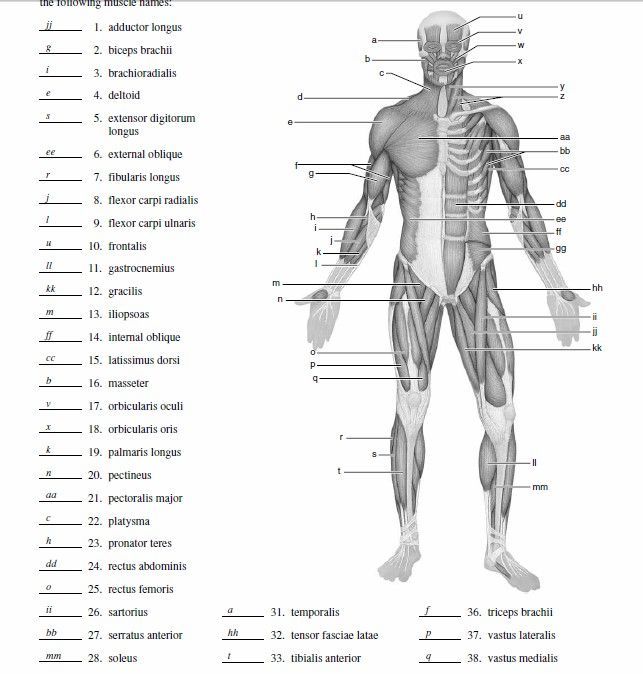 These properties of muscle tissue determine its main function - providing motor reactions of the body.
These properties of muscle tissue determine its main function - providing motor reactions of the body. Is there an error in the question?
-
Question 3 of 10
Muscles and tendons consist:
-
Only from muscle tissue
-
0
-
From epithelial tissue
Correct answer
Incorrect answer
Explanation for the correct answer
The tendon consists of dense and loose connective tissue, and the muscles - of muscle tissue, which has a striated structure and is able to contract under the influence of nerve impulses sent by the brain.
Is there an error in the question?
-
-
Question 4 of 10
Which muscles are not attached to bones?
HintCorrect answer
Incorrect answer
Explanation for the correct answer
The correct answer is smooth muscles, because they line the walls of internal organs, blood vessels, and skin.
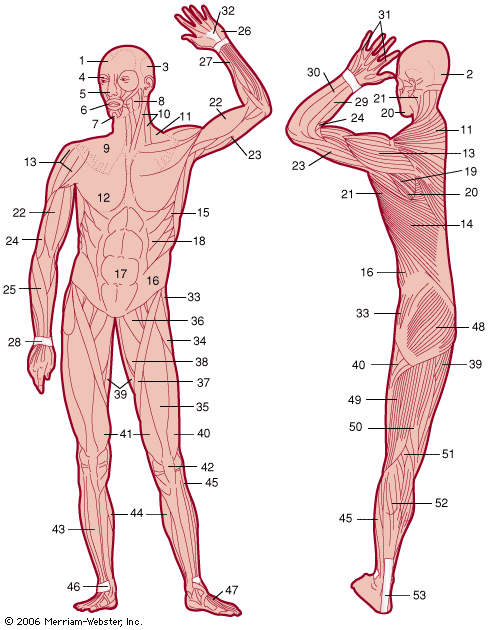
Is there an error in the question?
-
Question 5 of 10
Two groups of opposing muscles take part in the performance of any movement by a person: flexors and extensors of the joints. Flexion in the joint is carried out with the contraction of the flexor muscles and the simultaneous relaxation of the extensor muscles.
Is there an error in the question?
-
Question 6 of 10
One of the signs of a sprain is:0690
-
Swelling, pain, bleeding
-
No symptoms
Correct answer
Incorrect answer
Explanation for the correct answer
Signs of sprain appear immediately after injury. Worried about severe pain, growing within a few minutes, swelling and hematoma occur.
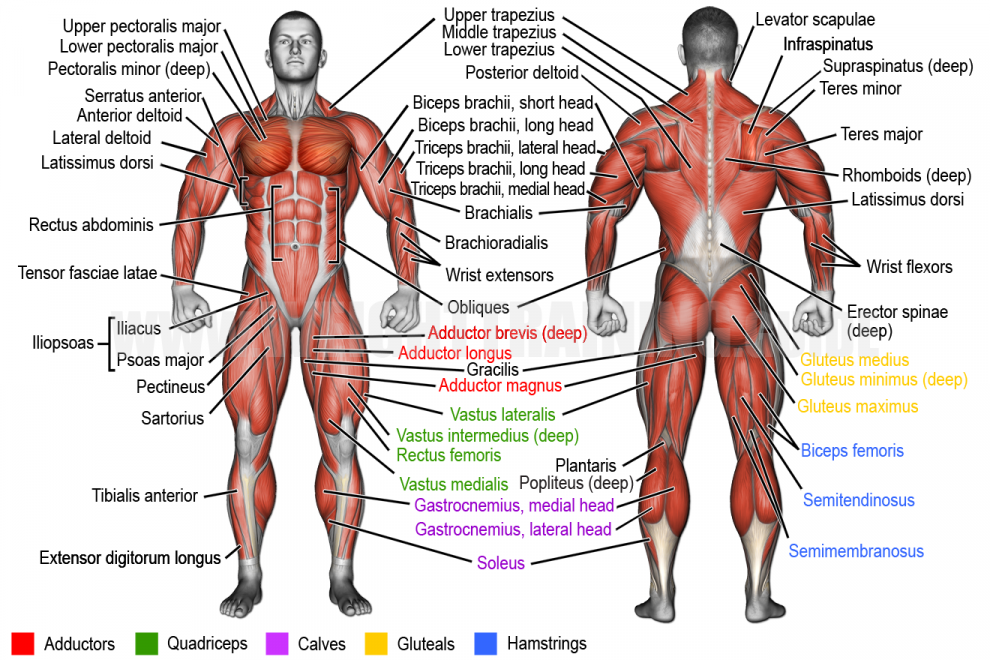
Is there an error in the question?
-
-
Question 7 of 10
The first aid for stretching lies:
-
in the cooling of the joint and the imposition of a tight dressing
-
in the imposition of the tire
-
in the cost of gypesis ground 9000 in the approval
In joint cooling
Correct answer
Incorrect answer
Explanation for the correct answer
For joint sprains, treatment is to provide rest, cold, a fixing bandage and an elevated position of the limb relative to the body.
Is there an error in the question?
-
-
Question 8 of 10
In case of a fracture of the lower third of the lower leg, a cast must be applied:
-
Between the knee and ankle joints
-
On the foot and lower leg, not involving the knee joint
-
On the foot, lower leg and part of the thigh
-
Only on the lower leg at the fracture site
Correct answer
Incorrect answer
Explanation for the correct answer
In case of fractures of the bones of the lower third of the lower leg, the plaster bandage should fix the knee joint, lower leg and ankle joint, so it starts on the middle third of the thigh and ends on the foot.
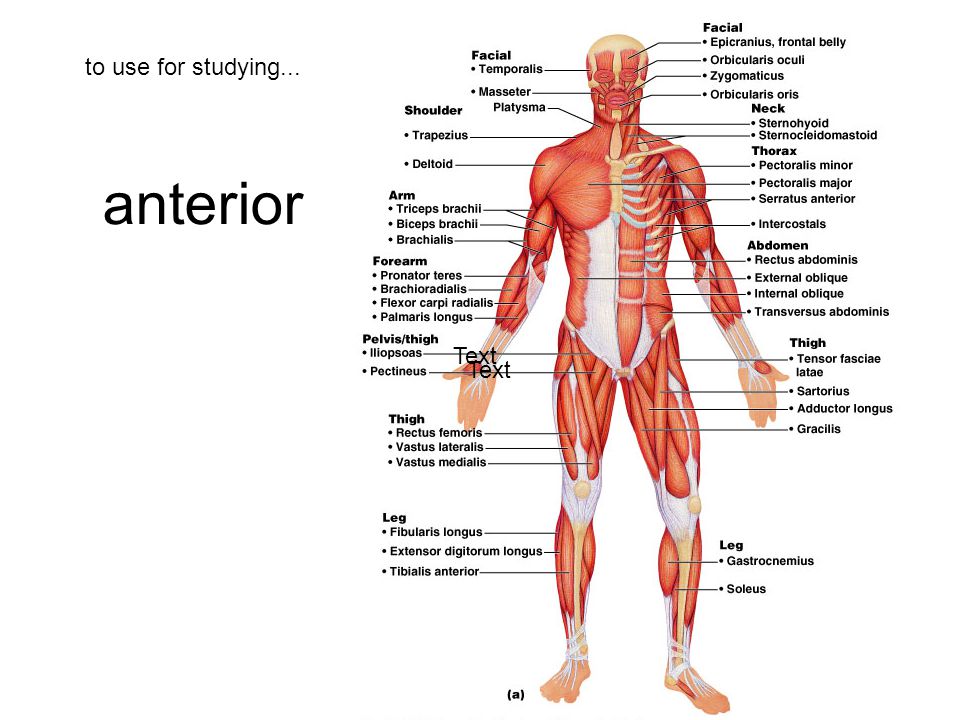
Is there an error in the question?
-
-
Question 9 of 10
The shift when injuring the bones forming the joint is called:
-
Fracture
-
rupture
-
9000 9000 9000 9000 9000 9000 9000 9000 9000 9000 9000 9000 9000 9000 9000 9000 9000 9000 9000 9000 9000 9000 9000 9000 9000 9000 9000 9000 9000 9000 9000 9000 9000 9000 9000 9000 9000 9000 9000
Correct answer
Incorrect answer
Explanation for the correct answer
A dislocation is a displacement of the joint itself or the articular bones that form this joint, with a violation of the natural articulation of the bones.
Is there an error in the question?
-
-
Question 10 of 10
Which substance is used up during active physical work in the first place?
-
Proteins
-
Starches
-
Fats
Correct answer
Incorrect answer
Explanation for the correct answer
Glycogen is the first to be used during physical work.
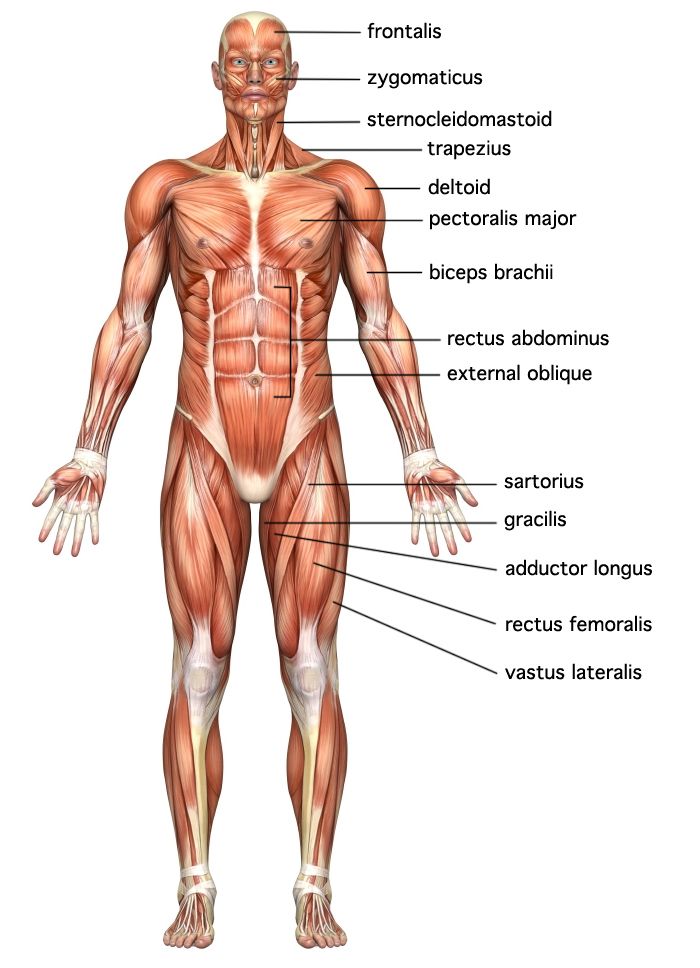
-
-

